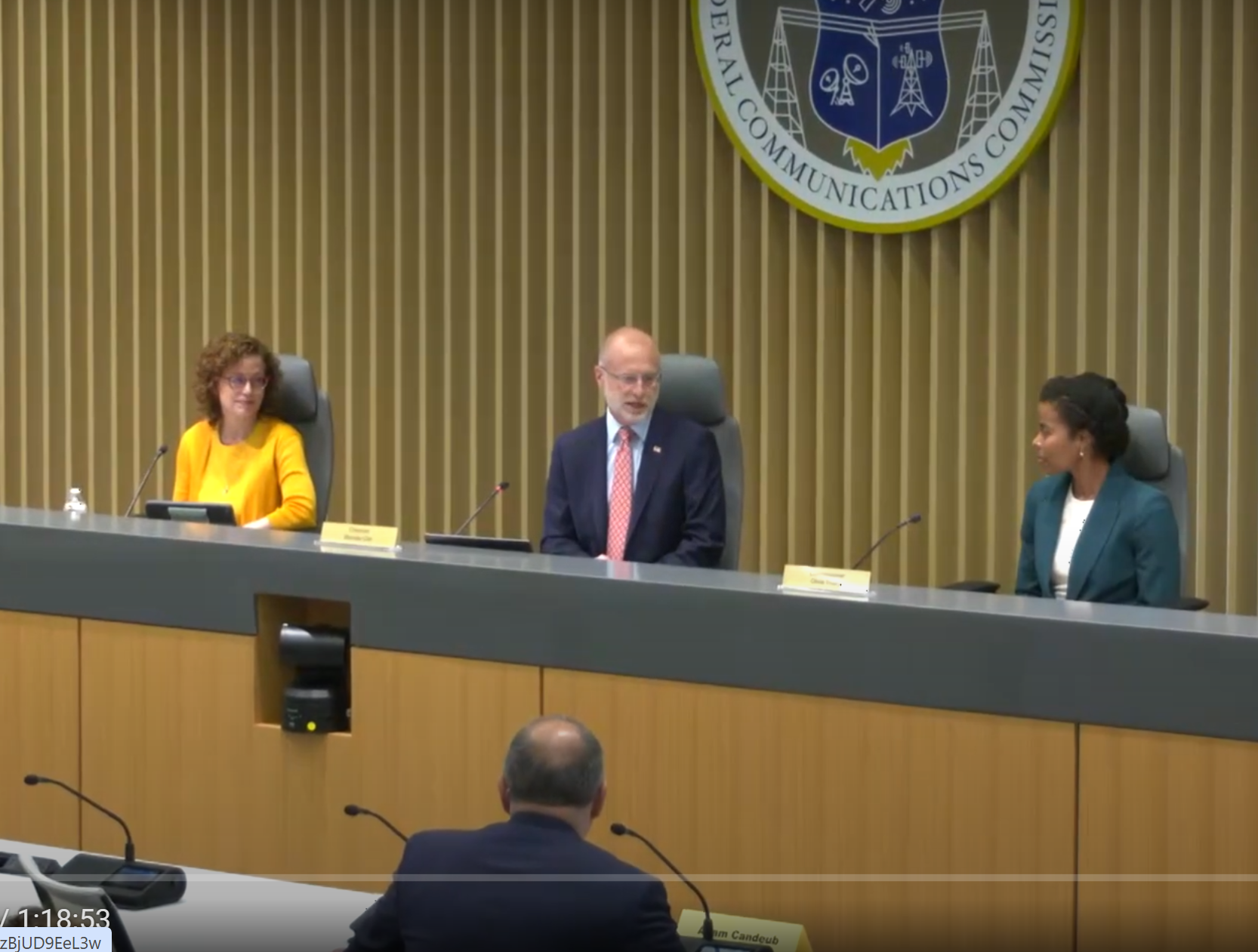FCC Considers Disruption to OTA TV Viewers from DTV Transition
The FCC wants to know how many households rely on over-the-air TV broadcasting, how many analog-only TV sets they have, and why they aren't connected to cable or satellite. The reason is that at the end of the digital transition, up to 15 percent of the households in a given market could lose television service altogether and more households could lose reception on analog sets that aren't connected to a multichannel video service provider (MPVD).
The FCC Public Notice - Media Bureau Docket 04-210 said that given the "statutory directives and the nature of the potential solutions," the data submitted would primarily be used to formulate possible recommendations to Congress. It stated that the FCC might, however, "take other steps as appropriate."
The quantitative data the FCC is seeking includes:
1) The number of households that rely solely on over-the-air broadcasting (over-the-air households) for their television service;
2) The number of households that subscribe to a multichannel video service provider (MVPD) and have one or more television sets that rely on over-the-air broadcast service;
3) The number of analog-only television sets in use by the households identified in (1) and (2), above;
4) The number of digital television receivers in use in the households identified in (1)
5) and (2), above, that are capable of receiving over-the-air digital broadcast television signals;
6) The demographic characteristics of over-the-air households, including age, race or ethnicity, and education and income levels;
7) The geographic characteristics of over-the-air households, including urban/rural and regional disparities;
8) Data on why over-the-air households do not subscribe to an MVPD service, including specific data on: (a) the number of over-the-air households that would like to subscribe but cannot afford it, (b) the number of over-the-air households that could afford to subscribe to an MVPD service but choose not to, and (c) the number of over-the-air households that would like to subscribe and could afford it but their MVPD service of choice is not available in their community (e.g., no cable system or no satellite provider with local-into-local service).
The FCC also asked for comments on how to minimize the disruption to consumers with analog-only TV sets. Some of the options considered include consumers voluntarily buying digital-to-analog converter boxes, MVPDs connecting additional sets to their services, and subsidizing or deploying converter boxes to accelerate the transition. In the later case, should the converter box deployment or subsidies be paid for by broadcasters, wireless-auction winners or by the government, perhaps in the form of a tax credit, refundable tax credit or voucher? If consumers decide to connect to an MVPD rather than use a converter box for over-the-air reception, should this be subsidized as well? Should converter boxes for more than one set in a household be subsidized? If government provided the subsidies, where would the money come from?
Comments can be viewed using this link. If it doesn't work, see the directions at the end of this week's article on unlicensed devices on TV channels for other options and use the proceeding number 04-210.
The professional video industry's #1 source for news, trends and product and tech information. Sign up below.
